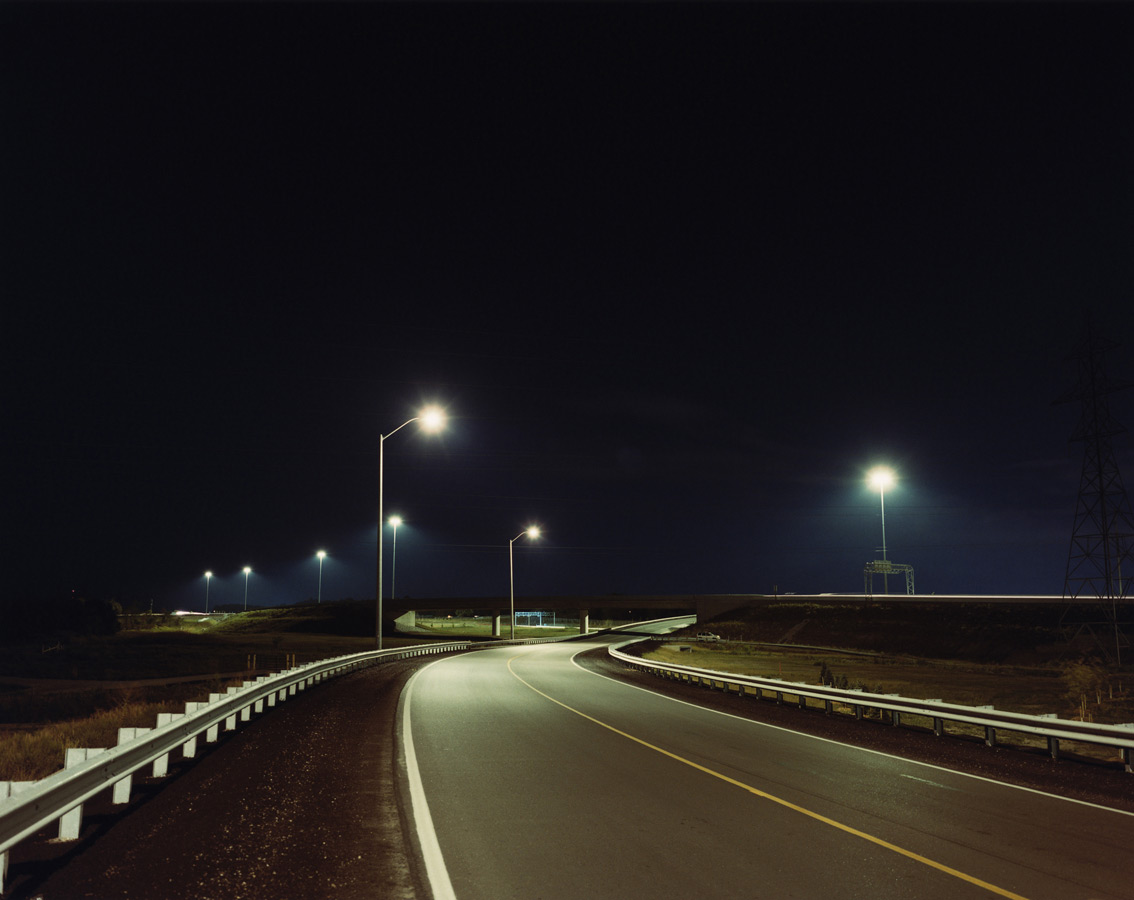While on my flight to Zurich from Budapest, I was flicking through the in-flight magazine and came across an article featuring the work of Frank Horvat, an internationally renowned photojournalist and fashion photographer. As always, I find some elements of photojournalism fascinating and what particularly attracted me about his work, besides the basic fact that both his imagery and in many cases, storytelling was compelling, was that he had spent 6 months in Pakistan during the 1950s.
The 1950s and 1960s are two of my favorite decades with regard to glamour and style. It was in the 1950s that the west moved from the austerity of the 1940s to the prosperity of the 1960s. It was the era of optimism and hope. After World War II had ended, many people believed that the worst was over and that the future would be one filled with peace and prosperity (Little did they know, that after a few decades, that hope would be decimated but that’s a story for another day so I won’t go there J). It was also the time of the Cold War, Martin Luther King and JFK. Flicking through this magazine and looking through the body of work presented, I was enthralled once again. The images presented in the magazine were in black and white and were absolutely brilliant. Once I got home to Dubai, I googled his work to try and find more of it.
Frank Horvat was born in 1928 in Abbazia, Italy (formerly Austro-Hungary, now Opatija, Croatia). Having traded his stamp collection for a 35mm camera at the age of fifteen, he was an accomplished photographer by 1950, when he met Robert Capa and Henri Cartier-Bresson (a close friend ever since) during his first trip to Paris, and decided to become a photojournalist. (How brilliant is that?).
In the early 50's, after traveling to Pakistan and India as a freelance photographer, Horvat settled in London, working for Life and the Picture Post. In 1955, Horvat moved to Paris, where he still lives, and became a fashion photographer—using the techniques of photojournalism: real life situations, available light, and 35mm cameras. (What a wonderful concept!)
Frank Horvat is considered to be a pioneer of what has come to be regarded as a golden age of fashion photography—In the late 1950's and early 1960's, Horvat worked for Jardin des Modes, Elle, Glamour, Vogue, and Harper's Bazaar, while also an associate member of the Magnum agency.
Frank Horvat’s career is unusual in that it spans the history of modern photography, and not only that, but over the years, he has mastered most styles and photographic genres, competing with and often surpassing the work of the world’s best photographers in their fields. In the 50s he was a photojournalist, in the 60s he became a fashion photographer, in the 70s he focused on landscape and color. In the 80s, he produced photo essays on literature (Goethe in Sicily), sculpture (Degas' sculpture, Romanesque Figures), painting (Very Similar) and a written essay on photography itself (Entre-Vues). In the 90s, he was the first among the acknowledged masters to adopt digital techniques.
I am just overwhelmed reading about his accomplishments. It will probably take me forever to get through all his work.
The list of his contemporaries and close friends over the years reads like a veritable Who’s Who of photography. He remains, a living legend, having shared the stage with other world class photographers such as Édouard Boubat, Henri Cartier-Bresson, Robert Capa, Richard Avedon, David Bailey, Terence Donovan, Josef Koudelka, Robert Doisneau, Jeanloup Sieff and Helmut Newton.
While he is constantly busy with various projects, Frank has also worked on adapting his extensive website and archiving “Horvatland”, a site featuring hundreds of photographs from 1945 to the present day, interviews with his contemporaries and extensive biographical information, and present it as an iPad application, making his work accessible for a whole new generation to enjoy.
Frank Horvat’s website at: www.horvatland.com;
For the iPad app visit: http://itunes.apple.com/us/app/horvatland/id474761739?l=us&ls=1&mt=8
Please do take a look. It’s so worth it.
Some of my favorites images of the body of work that I have seen so far:






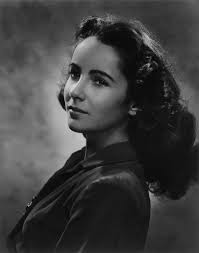





















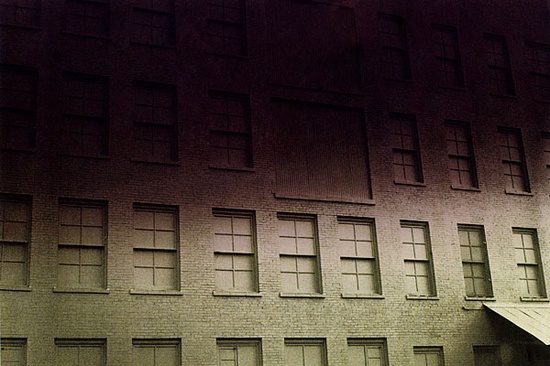

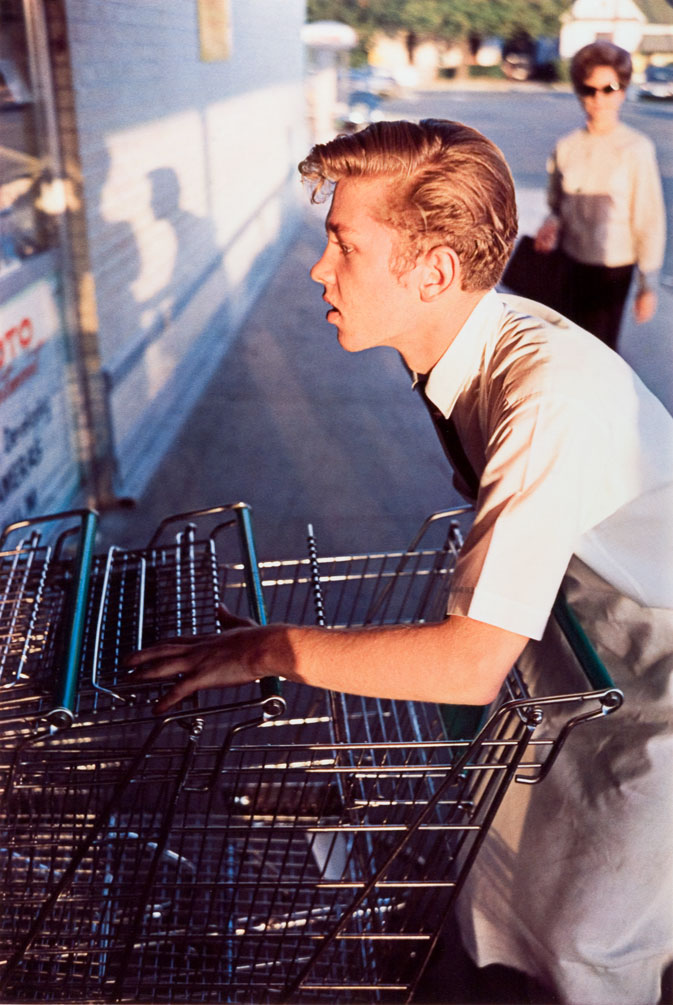
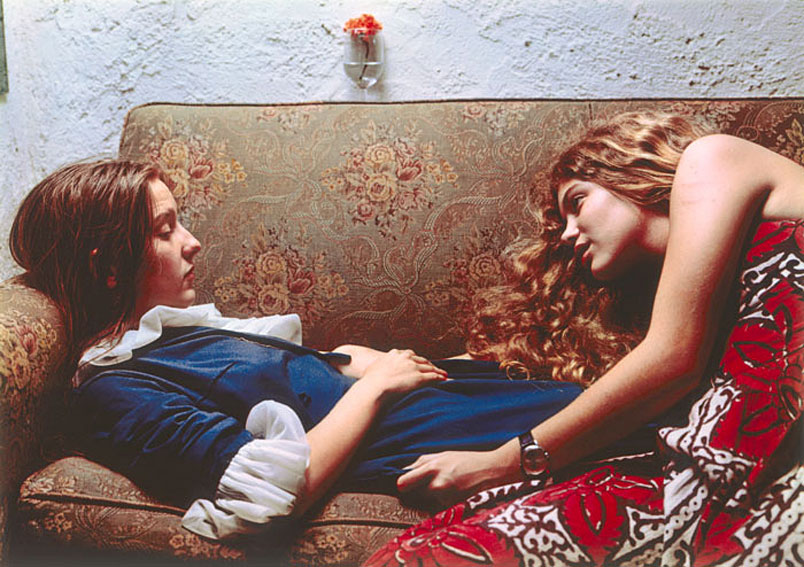
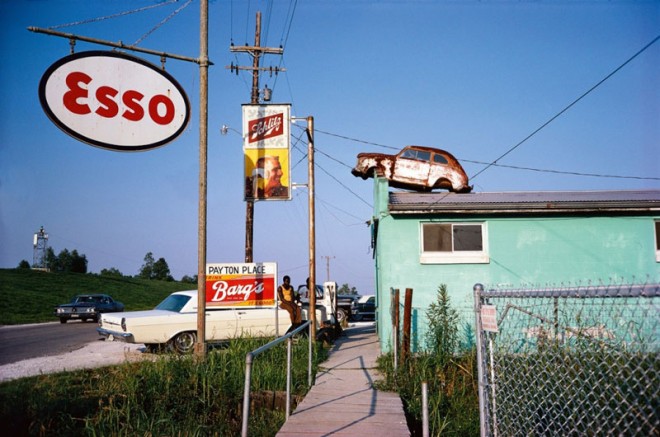
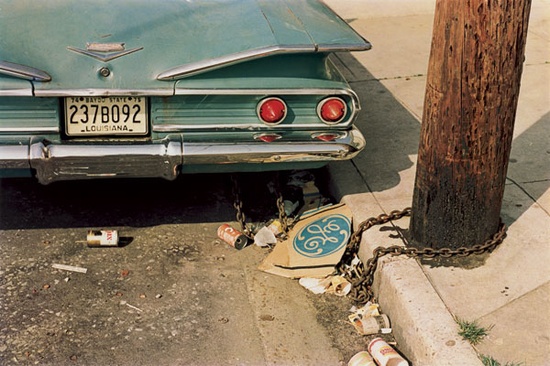
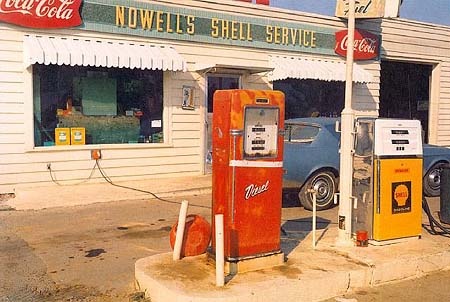
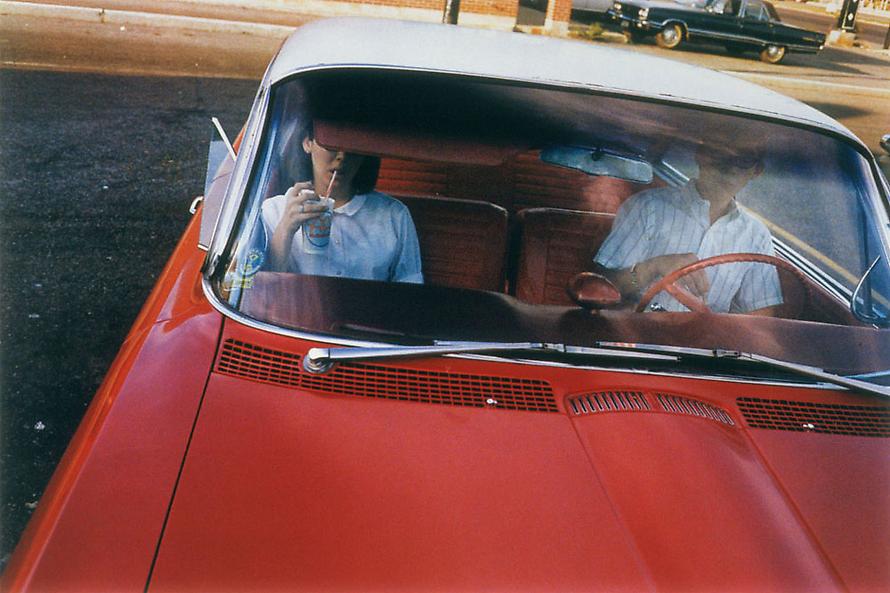

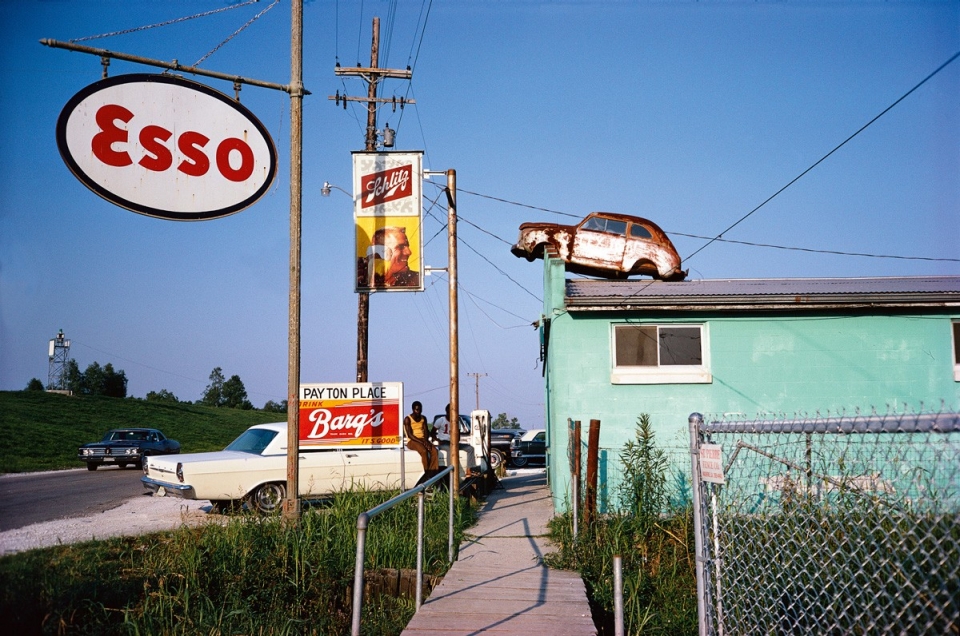
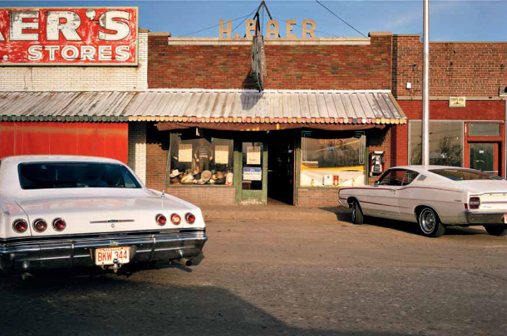
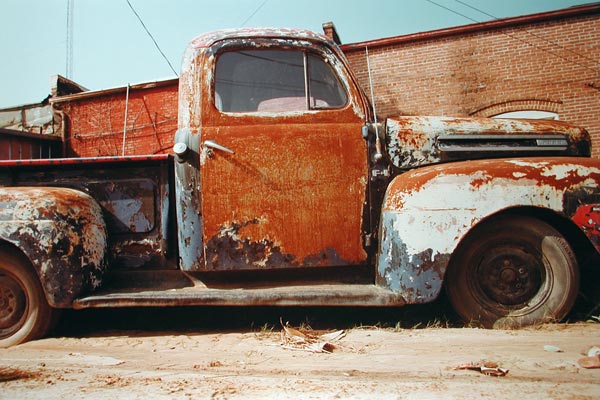
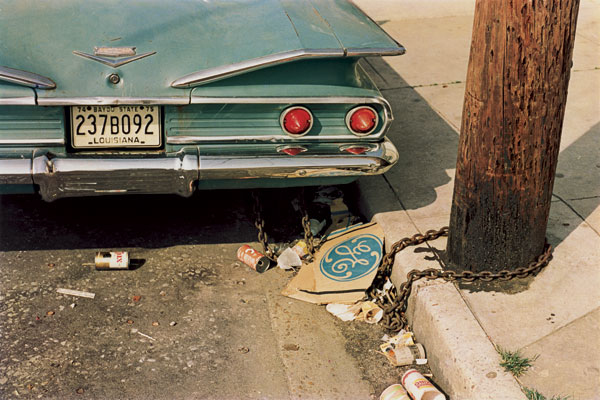
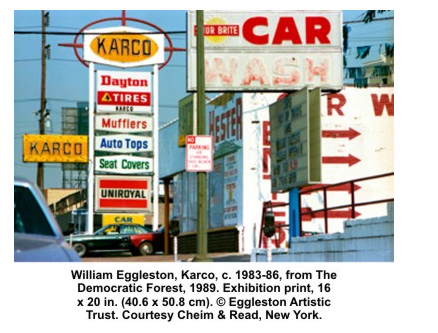
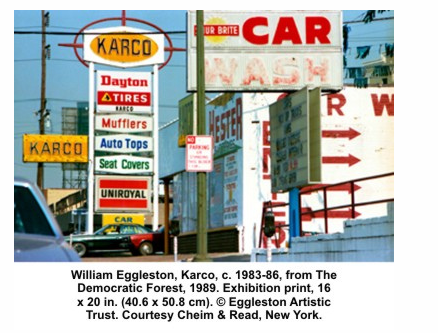


























![Josef Sudek: Profily 1; Z Praci Mistru Ceskoslovensk Fotografie [COMPLETE]](http://saadiastreet.files.wordpress.com/2012/06/61191359-josef_sudek_03.jpg?w=233)







